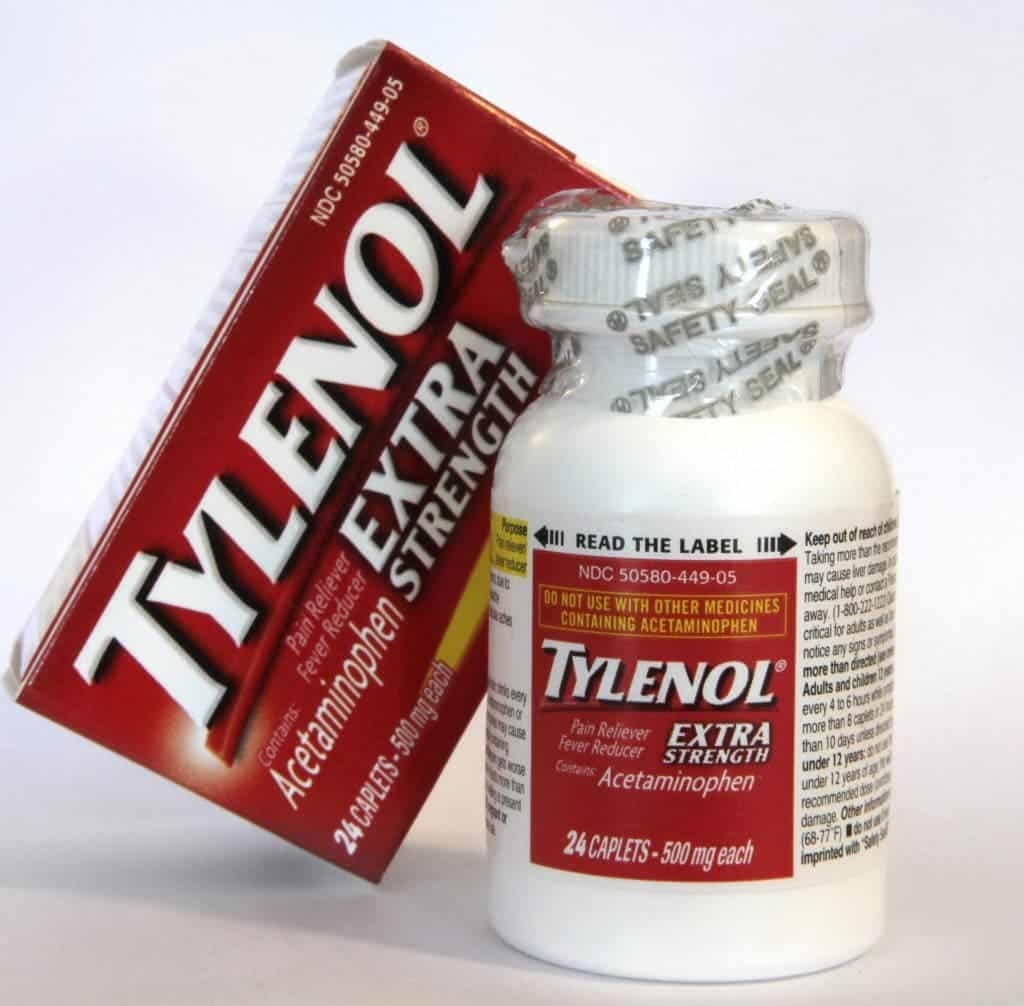Paracetamol or acetaminophen (going by trade names such as Tylenol, Panadol, Efferalgan, and many more) is one of the most common and effective drugs out there. You’ve almost certainly took it at some point in your life, your parents have, your friends have, I don’t think I know more than a few people who never have. But I was surprised to see that many people don’t really know what they’re taking, so I wanted to clear the waters a little bit.
What acetaminophen is
The substance falls into two categories: it is a mild analgesic (calms pain) and antipyretic (reduces fever). Interestingly enough, the exact mechanisms of action is not entirely known; for its work as an analgesic, it works by increasing the pain threshold – basically by making you take more pain before you feel it. As an antipyretic, it works on the heat-regulating center of the brain, basically telling the brain to reduce the body’s temperature; it works on people of all ages, though it is not as effective on children.
The onset of analgesia is approximately 11 minutes after oral administration of paracetamol, and its half life is 1-4 hours. In combination with other analgesics, it can be used in the management of more severe pain such as post-surgical pain and providing palliative care in advanced cancer patients.
It was approved by the FDA all the way back in 1951, and since then, it hasn’t really changed that much. It’s also available without a prescription in virtually any country.
Negative side effects, overdoses
If you take the recommended doses, the negative side effects are mild to non-existent. It doesn’t cause gastric issues, and unlike aspirin, it can be taken by patients with coagulation problems. Comparative studies have shown that its effects are slightly weaker than those of ibuprofen, but the side effects are much milder. While ibuprofen, even in regular doses, can cause diarrhea, vomiting and abdominal pain – paracetamol causes none of these issues.
However, the substance is hepatotoxic – it’s toxic for your lives. For that purpose, people who are chronic drinkers or suffer from other liver issues should be careful when taking the drug. Also, the overdose can be very dangerous.
Paracetamol hepatotoxicity is, by far, the most common cause of acute liver failure in both the United States and the United Kingdom – probably in most developed countries as well, but I couldn’t find any data on the issue. The initial signs may be vague or absent, but untreated overdose can lead to liver failure in a matter of days. There are tablets available (brand name differs) which mix acetaminophen an antidote (methionine), to protect the liver in case of an overdose. You shouldn’t take more than 1,000 mg per single dose and up to 4,000 mg per day for adults.
Conclusion
Paracetamol has been with us for more than half a century – and it will probably be around for even longer – because it works! In recommended doses, it has little to no side effects and it’s suitable for a huge number of diseases and conditions (especially milder ones), but overdoses are extremely dangerous. You should always consult with a physician (or at least a pharmacist) before giving it to a child, but adults without any liver problems can take it without any concerns – as long as they don’t go over the recommended dose.





